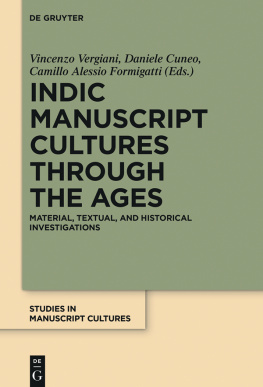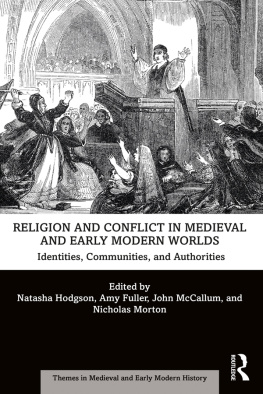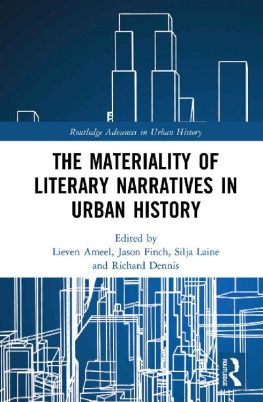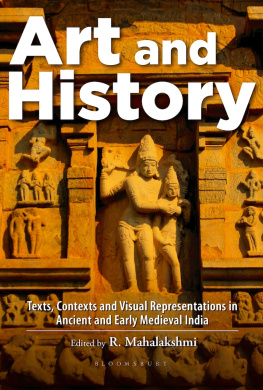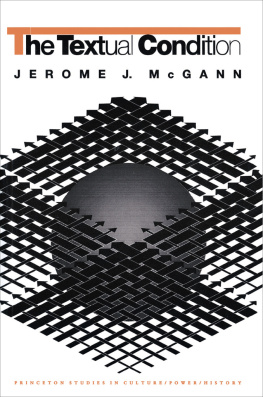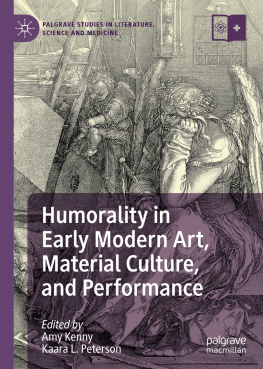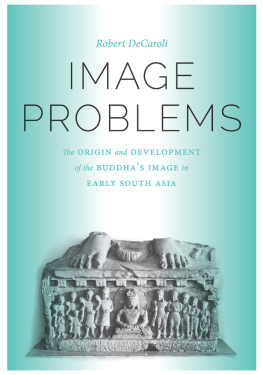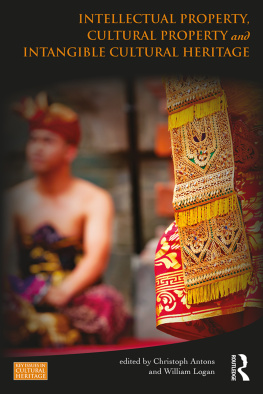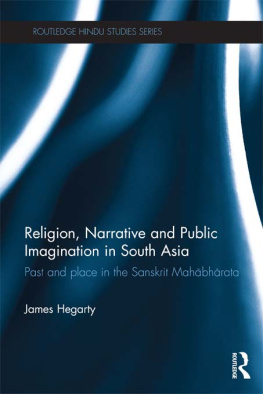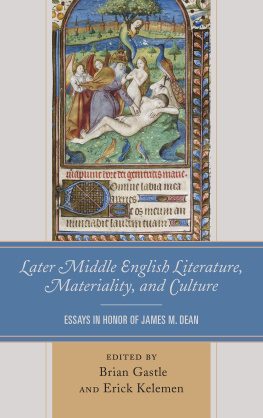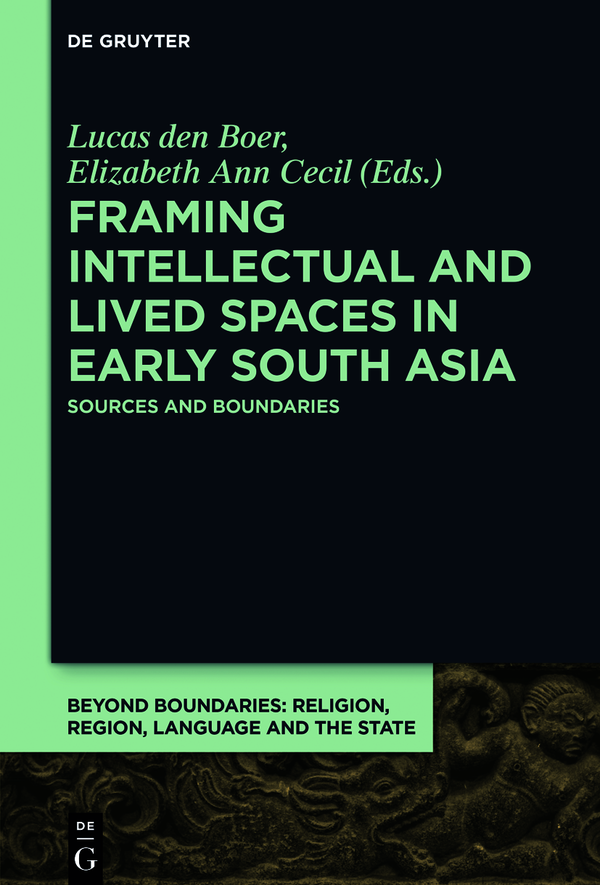Beyond Boundaries
Religion, Region, Language and the State
Edited by
Michael Willis
Sam van Schaik
Lewis Doney
Volume
ISBN 9783110553161
e-ISBN (PDF) 9783110557176
e-ISBN (EPUB) 9783110556452
Bibliographic information published by the Deutsche Nationalbibliothek
The Deutsche Nationalbibliothek lists this publication in the Deutsche Nationalbibliografie; detailed bibliographic data are available on the Internet at http://dnb.dnb.de.
2020 Lucas den Boer and Elizabeth A. Cecil, published by Walter de Gruyter GmbH, Berlin/Boston
This work is licensed under the Creative Commons Attribution-NonCommercial-NoDerivatives 4.0 International License.
Introduction
Lucas den Boer
Elizabeth A. Cecil
The contributions to this book address a series of confrontations for example, debates between intellectual communities, the interplay of texts and images, and texts and objects and explore the ways in which the legacy of these encounters, and the human responses to them, inspired cultural production in early South Asia. The book employs the idea of confrontation as a lens through which to examine historical moments in which individuals and communities were confronted with new ideas, ideologies, and material expressions. Some of these encounters could be qualified as agonistic, as expressions of community identity and practice vied for normative status. Yet this active term also describes occasions of dynamic exchange and interaction between historical agents and the social and material contexts that defined the lived and intellectual spaces in which they operated. While the legacy of cultural production in the Gupta Period is often categorized as canonical, and thus suggests a fixity of form and idea, the studies included in this volume draw attention to the processes and contexts in which the classical took shape and the subsequent reception and revision of its cultural forms.
Intellectual and Lived Spaces
The confrontations that this book presents originated in intellectual and lived spaces that were mutually influential. The different chapters explore how the lived spaces of writers and artists influenced their ideas and creations, and how texts, objects, and images reflect the identities of their makers. Instead of studying the primary sources as ends in themselves, the authors use these sources as the means to investigate the lived context of their creators. By looking at the materials from this perspective, the sources reveal how philosophical, religious, and artistic activities contributed to processes of identity formation and the negotiation of boundaries between communities. In addition to contributing new perspectives on the development of intellectual communities and the ideological parameters of philosophical traditions, this volume works to situate these cultural developments in their social and historical contexts.
We use the term lived space to refer to the sociocultural worlds in which the authors, thinkers, and artists, whose works are discussed in the following lived space is part of a conceptual triad that also includes conceived and perceived space. Whereas the latter two operate in largely ideational realms, lived space is the locus of culture and social activity and provides a productive frame for the papers included in the first section of the book. While the highly theoretical world of philosophy may appear to map most closely on the similarly abstract category of conceived space, we have chosen the term intellectual space instead. This term recognizes the notional spheres in which philosophical discourses work to locate themselves while, at the same time, it draws attention to the social embeddedness of the philosophers and schools that the authors examine. Even in the case of doctrinal differences and opposing philosophical traditions, the contributors show that individual thinkers occupied a shared intellectual space in which they investigated a common set of questions concerning the formation and expression of authoritative knowledge and the manner in which that knowledge could be embodied by human (or more-than-human) agents. To begin to access these intellectual and lived spaces in the premodern world requires situating not only text, but other forms of religious media and cultural production in their shared contexts. Although addressed to discrete cases and places, each of the chapters that follow proceed from this shared perspective.
Sources and Boundaries
The individual contributions to the volume address a wide range of material and textual sources and cultural contexts from Tibetan bells and Jaina teachers, to traditions of Sun worship and the poetics of argumentation. Given the variety represented, the question naturally arises regarding what ties these discussions productively together? The answer is the use of primary source materials to explore the shaping of cultural and intellectual communities. A close engagement with primary sources underpins each of the discussions in the book. Engaging with both textual and material evidence, in their work the contributors also trouble the persistent binary that often separates these bodies of historical evidence by showing how premodern cultural agents negotiated and synthesized their sources. Moreover, by tracing patterns of bi-directional influence it becomes evident that using one body of evidence to corroborate the claims of another (i.e. simply looking for a textual precedent for an image or vice-versa) is far too simple and minimizes the innovative and imaginative ways in which cultural producers made use of the materials at their disposal.
In addition to questioning persistent binaries in the classification of source materials, the contributions included in the first section work to complicate the very categories of text and material by tracing the historical development of particular practices through different modes of cultural production. The practice of Sun worship, for example, is shown to have been shaped by a rich legacy of puric narrative in conversation with traditions of ritual rules and prescriptions (i.e. stra) popularized by competing religious communities. Material production, too, is a multi-faceted category. By including monumental sculptures for worship, ritual objects, temple adornments, and the frame for inscriptions, the category of material is shown to be as complex and varied as that of text.
The studies included in the second section trace the development of knowledge communities in ways that challenge the idea of fixed boundaries between intellectual traditions. These traditions, in fact, are shown to be the work of enterprising thinkers who borrowed, responded to, and refined the ideas of their interlocutors from across Brahmanical, Jain, and Buddhist lineages. In addition to recovering dialogue between communities often held to be distinct, established forms of argumentation, too, are not restricted to the category of tra as knowledge system, but worked across literary genres and were influenced by poetic works, prose ritual manuals, and epic exemplars.
Overview of Contents
The articles in the first half of the volume address the intersections of textual, material, and visual forms of cultural production. These contributions focus on three primary modes of confrontation: the relation of inscribed texts to material media, the visual articulation of literary images and, finally, the literary interpretation and reception of material religious media. Discussions of the relation of text and material culture have tended to privilege literary semantics and imagine a unidirectional pattern of interaction, whereby textual forms inspired images and guided material production. These articles aim to re-describe these interactions through focused case studies that incorporate a variety of media, ranging from individual objects and monuments, to sanctified spaces and religious landscapes.


